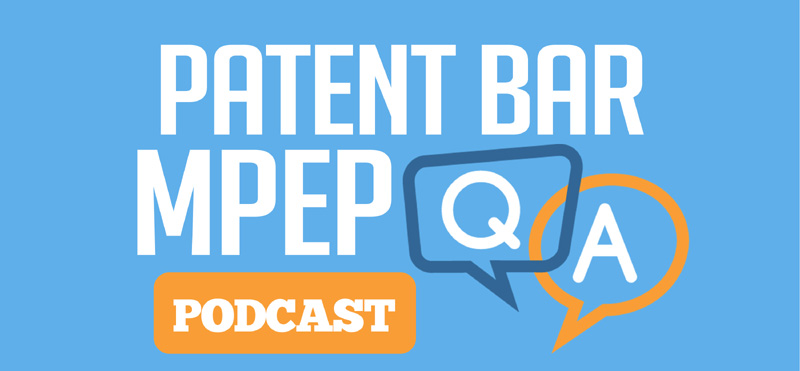
Podcast: Play in new window | Download
Subscribe: Apple Podcasts | Android | RSS
Question:
List two examples of proper evidentiary basis for a rejection under 35 U.S.C. 171 that a claim is lacking in ornamentality.
Answer:
Examples of proper evidentiary basis for a rejection under 35 U.S.C. 171 that a claim is lacking in ornamentality would be:
- common knowledge in the art;
- the appearance of the design itself;
- the specification of a related utility patent; or
- information provided in the specification.
Chapter Details:
The answer to this question can be found in chapter 1500 of the MPEP. This chapter covers design patents.
Section Summary:
This question and answer comes from section 1504.01(c) of the MPEP. The following is a brief summary of section 1504.01(c).
1504.01(c) Lack of Ornamentality
This section discusses functionality versus ornamentality. A design must be created for the purpose of ornamenting. Also covered is a brief outline of establishing a prima facie basis for rejections under 35 U.S.C. 171 which are based on a lack of ornamentality.
This section outlines how to overcome a 35 U.S.C. 171 rejection based on a lack of ornamentality and evaluation of evidence submitted to overcome a rejection under 35 U.S.C. 171.
